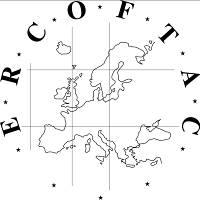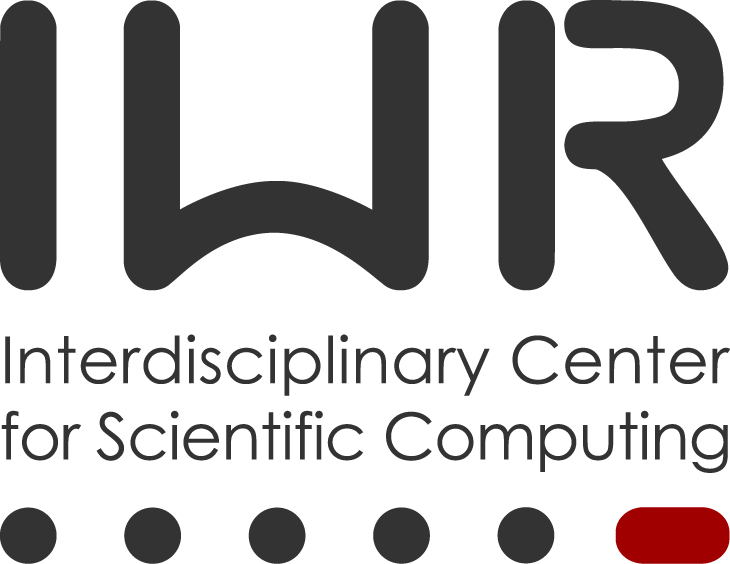3rd Workshop on Measurement and Computation of Turbulent Spray Combustion (TCS 3)
September 2, 2012, 10-17 h, Rottmannsaal, Heidelberg-Handschuhsheim, Germany
Call for Contributions on Target Flames
As part of the TCS3 workshop, we plan to include modeling comparisons with select flames from the University of Sydney spray experiments, see http://sydney.edu.au/engineering/aeromech/thermofluids/database.htm. The goal of this exercise is to determine the status of spray combustion modeling as well as the fidelity of experimental measurements.
- Spray modeling including turbulent dispersion and evaporation modeling
- Combustion modeling
- Effect of inflow conditions
- Turbulence modeling
Validation
The validation cases for this workshop are based on two sets of experiments conducted at Sydney. Two fuels, namely acetone and ethanol, have been used in the experiments. For TCS3, the target flames are as follows (numbering of test cases provided by Masri and co-workers):
- Non-reacting cases: SP06, SP02 and SP07.
- Reacting cases: Et06, Et02 and Et07.
- A.R. Masri and J.D. Gounder, Turbulent Spray Flames of Acetone and Ethanol Approaching Extinction, Combust. Sci. Technol. 182:702-715 (2010)
- A.R. Masri and J.D. Gounder, Details and Complexities of Boundary Conditions in Turbulent piloted Spray Jets and Flames, in B. Merci et al. (Eds.), Experiments and Numerical Simulations of Diluted Spray Turbulent Combustion, ERCOFTAC Series, Springer, 2011
Comparison of Results
The experimental data consists of droplet velocity statistics (as a function of diameter class), as well as temperature deficit measurements. For the sake of comparison, the simulations results should be provided in the form of a text file.
Please contact Colin Heye (The University of Texas at Austin, USA) via email (colin.r.heye@gmail.com) to obtain the formatting requirements.



